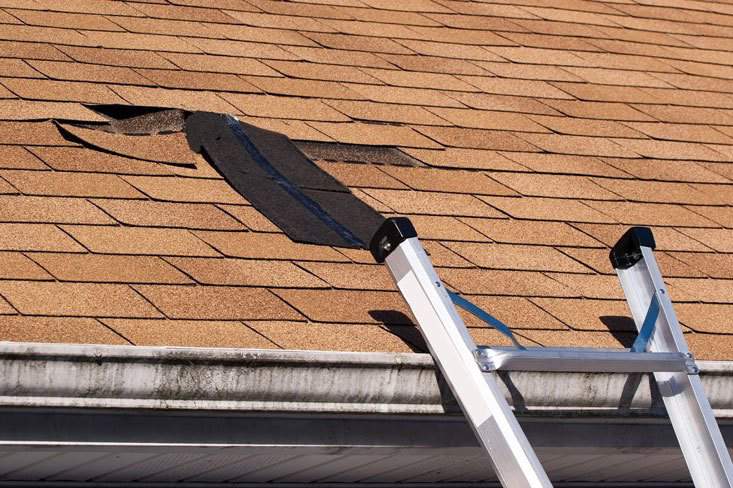Strong winds can cause you thousands of dollars in terms of roof damage. You should be aware of the factors that determine the risk of roof damage so that you can preempt such costly expenses. Discover four critical factors you should not forget when analyzing a roof’s risk of wind damage.
1. Installation
The quality of your roof’s installation is the premier factor that determines its wind resistance. Discover the specific aspects of the installation that matter the most.
Nailing
The nails attach the shingles to the roof deck. Improper nailing leads to a weak roof susceptible to wind damage. The installer must use the correct nails and position them correctly on the shingles. For example, each nail should have a diameter of at least 3/8th of an inch.
Overhangs
The section of the roof that extends over the exterior wall provides the surface area on which wind upthrust forces act. A large overhang translates to a higher risk of damage due to its large surface area.
Pitch
The pitch or angle of the roof determines how much air passes over it and gets under it and at which speeds. The most wind-resistant roofs have pitches between 4/12 (a four-inch rise for every 12 inches of run) and 6/12.
2. Materials
The roofing material determines how strong the roof is and how much the roof can withstand wind forces. Learn about two examples of materials that have an effect on your roof’s wind resistance.
Shingles Type
The roofing industry classifies different shingles in different categories, depending on their wind resistance. For example, Class D shingles can withstand winds of up to 90 mph (the ASTM D3161 test) without much damage.
Sheathing Type
The thickness of the sheathing determines the nailing depth, which, in turn, affects shingle strength. Thus, a thick sheathing provides more wind resistance than a thin sheathing.
Deck
The deck material also matters. The material thickness of the deck material determines the strength and wind resistance of the roof.
3. Care
In addition to professional installation, the care and maintenance of a roof also affect its wind resistance. Learn about some post-installation issues that affect wind resistance.
Rooftop Installations
The number and quality of rooftop installations affect the risk of wind damage. Roof installations, such as vents, solar panels, satellite dishes, and HVAC (heating, ventilation, and air conditioning) equipment, interfere with the aerodynamics of the roof. Wind can easily rip off such things and fling them on the roof, causing damage.
Limit the number of roof installations or attachment. For the things you cannot avoid, get professional installations to ensure the items attach firmly to the roof.
Nearby Trees
Strong winds can break tree branches or uproot whole trees and send them crashing onto the roof. Weak trees or trees with untrimmed branches near the roof increase the risk of wind damage.
Roof Repairs
The speed of executing roof repairs also matter. Damaged sections of the roof, such as missing shingles, allow wind to get under the roof and cause damage. Prompt repairs of such damages will reduce the risk of wind damage.
4. Age
Roofs weaken with age. Metal decays, nails loosen, and shingles lose their granules and flexibility. The weaker a roof is, the more it is susceptible to wind damage. A twenty-year-old asphalt roof, for example, is likely to experience more wind damage than a ten-year-old asphalt roof.
Some of the factors that affect wind damage, such as age, are out of your hands. Fortunately, most of the factors are things you can control. At SUNVEK, we can design, install, and maintain your roof so that it can withstand wind forces. Contact us today for a quote if you need any help with roofing matters.


